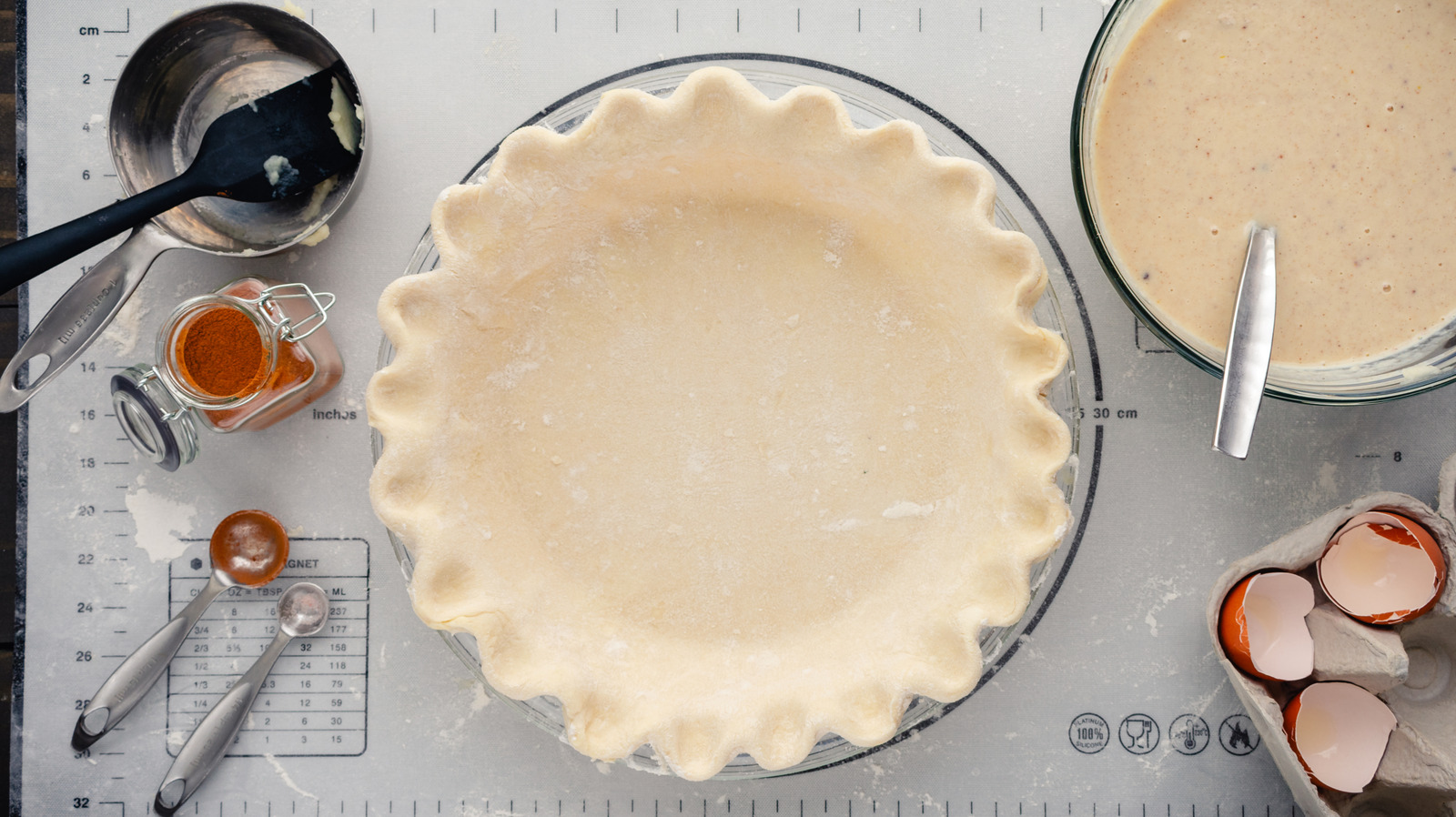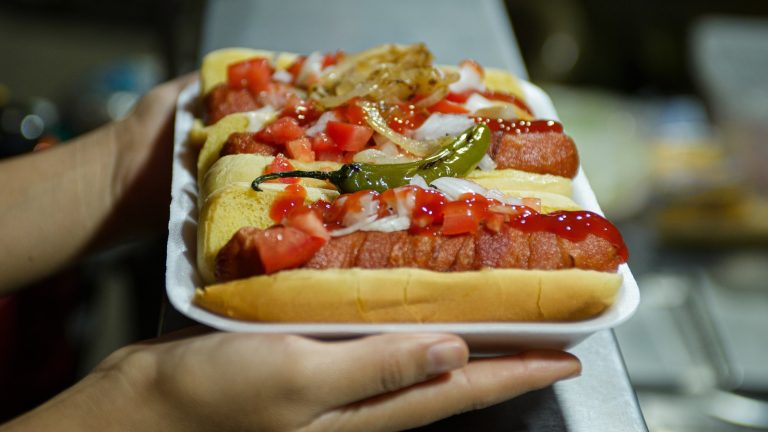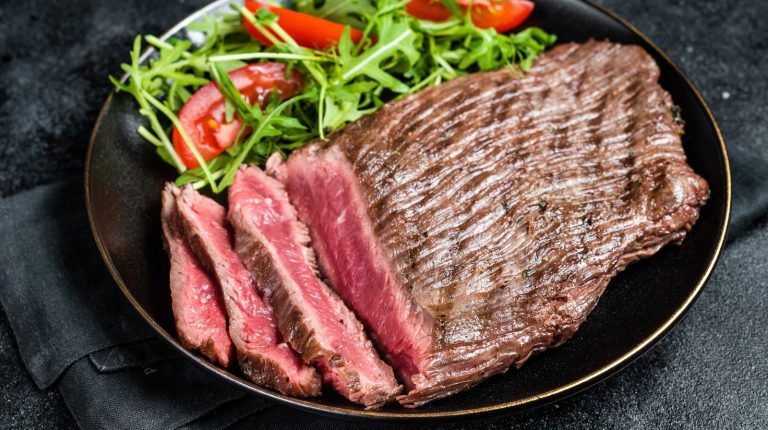Pies have been around for centuries, with the first recorded versions coming from ancient Egypt, Rome, and Greece as early as 9,500 B.C.E. Egyptians made a crust with a combination of oats and/or grains before adding a honey filling mixed with fruit and nuts; Romans are thought to be the first to introduce a savory meat filling. As the humble pie expanded its footprint across the world, different cultures put their own spin on it and now there are thousands of different types of pies.
At the heart of the pie lies the shell … or is that the crust? These two terms are often used interchangeably, but there is a difference between the two, however slight, and it lies in the preparation. The pie shell is the uncooked pie casing, already formed into its pie shape, but before any fillings have been added. Whereas the pie crust is the exterior of a filled and cooked pie.
Basic pie dough is made with flour, a fat (usually butter, lard, or a vegan-friendly oil like coconut oil), and ice cold water. The solid fats are cut into the flour and rubbed in to mix them together, with the cold water adding moisture to smooth the crumbly flakes into a dough. Then the dough is rolled out and shaped into your pie shell.
Different types of shells, and crust designs
There are five main types of pie shell dough, each ideal for a specific type of pie crust. Flaky pastry is one of the more basic ones, having a 3:4 fat-to-flour ratio, and being rolled and layered, usually around four times, with butter to create a rich and flaky crust when baked. It is most often used for savory pies like chicken pot pie.
Puff pastry dough is similar to flaky pastry, but lighter and more airy, with a higher fat content and loads more folding involved, meaning it takes a little more work to make. It’s a very versatile dough, used for savory and sweet pies, as well as smaller finger foods like this cheesy caramelized onion tart. The three other, more specialized doughs are shortcrust pastry, choux pastry, and sable pastry.
When it comes to crusts, there are four primary types of designs that you can create for your pie crusts. The single pie crust is the easiest as it’s just one layer of dough rolled out into your pan. It has no dough “lid” and is often used for open-faced pies, like your classic pecan pie. Add the dough lid and you have a double pie crust, often used for pies like this year-round peach pie. Then you have your lattice pie crusts (where strips of dough are criss-crossed over the top of your pie) and your crumb crust pies (where dough is crumbled over the top).





